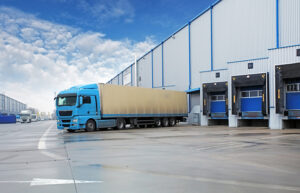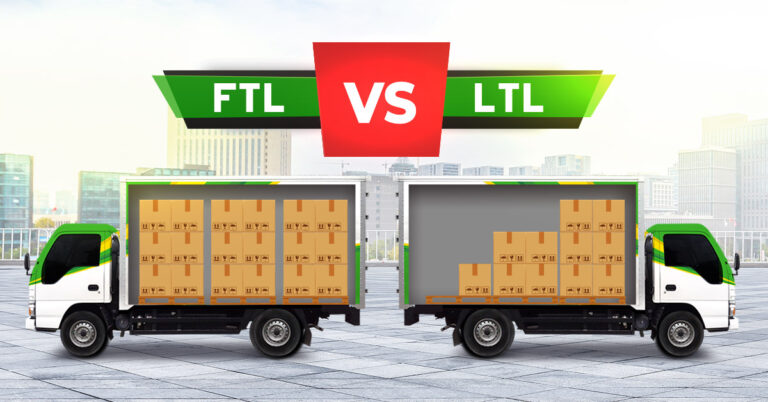For businesses that Full Truck Load goods, picking the right shipping methods makes a big difference in operational costs. In fact, it can be the difference in making a profit or losing it and taking a loss. While businesses can definitely arrange their own low-cost shipping, it’s not always the best choice. Instead, opting for full truckload shipping (FTL) can produce reliable transport with a number of other protections inherent in the choice as well. This is particularly applicable when the business is using a contract shipper and the goods need to arrive time-specific, they need to move in one solid trip, or they are sensitive shipments that can’t be mixed or sit in transit waiting for other shipments to be combined. As the criteria adds up, FTL starts to become more advantageous than standard or combined shipping.
The Nature of FTL

Unlike combined shipping, FTL involves a specific truck and shipping manifest that doesn’t change from point A to point B. In other words, the goods that start at origin are the same at the final destination without any change. There are no stops or changes on the way either. This is ideal for companies that want shipments to be direct to their destination, especially when dealing in bulk movement. It minimizes problems with handling and transit damage, which goes up with lots of movement and changing carriers, and it reduces the chances of packages being lost in the confusion of lots of packages and shipments being combined and mixed up.
Delays associated with repeated weight checks and classification of goods are eliminated with FTL as well. Since the shipment is complete, in one container, and it doesn’t change from origin to destination, there’s no need to keep checking or monitoring its weight or type. This cuts down on time loss in tight schedules, and it reduces additional fees that can occur when overweight shipments get stuck pending additional charges for transit.
Greater Advantages with Scheduling
FTL shipping involves dedicated activity, so it’s not compromised by being combined with other scheduled demands. In those cases, the goods fit the schedule of the shipper meeting at multiple locations and multiple stops. With an FTL shipment, the primary schedule is singular from origin to destination. That produces far more predictable calendaring of transit activity, both for pickup and for delivery. It’s definitely handy for businesses that have time-sensitive deliveries and clients who expect goods by date certain.
Good for Large-Sized Goods
When it comes to goods and equipment that is large in size, even over-sized, FTL works exceptionally well. This applies in cases where vehicles, large machines, equipment and over-sized durable goods need to arrive at their destination without being moved around a lot. FTL shippers can typically handle such goods with special transport designed for the size and weight, and clients don’t have to struggle with the constraints of standard courier shipping.
FTL shipping doesn’t work for every transport need or shipping order. There are plenty of goods and packaging that fall well within the category of standard courier treatment. In those cases, it may be the better choice for a client to opt otherwise. However, where goods are under time-sensitive demands, need special handling or are too big for normal transport, then FTL assignments should be considered instead. The client receives a better value, and the goods are protected far more than standard treatment. Used appropriately, FTL can easily meet and deliver superior transport versus other choices. While companies have lots of choices available to them in robust networks, FTL still remains a go-to solution for companies of all sizes with goods that need to get to their locations without question and hiccups.

